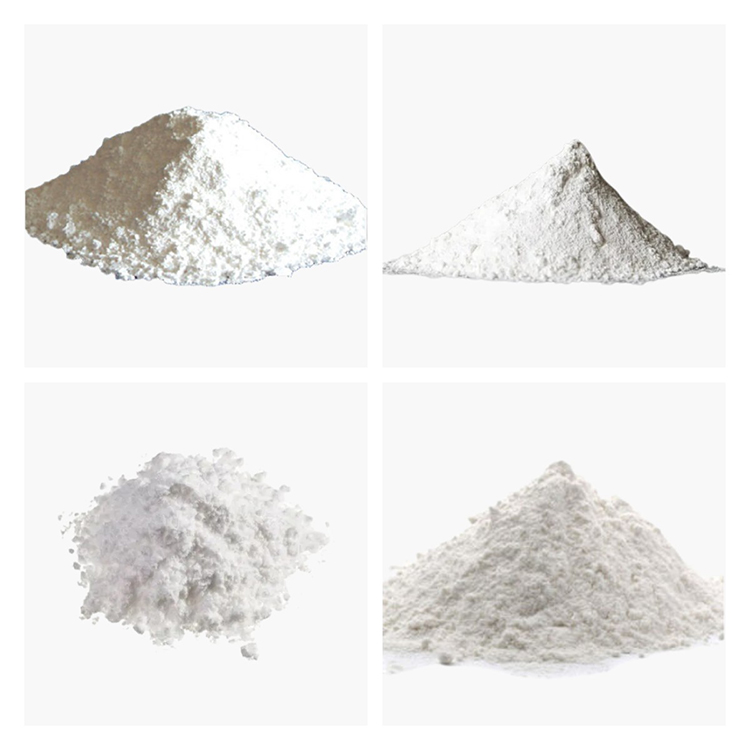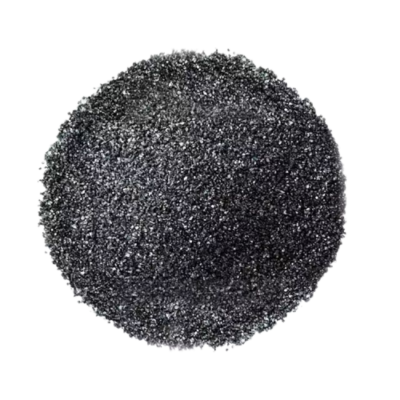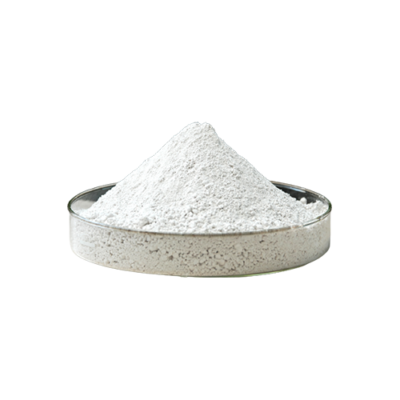Description
Zircon is remarkably resistant to high temperatures, boasting a melting point of 2750 degrees Celsius, and it also displays resistance to acid corrosion. Globally, about 80% of zircon finds direct application in the foundry industry, ceramics, glass manufacturing, and the production of refractories. A smaller proportion of zircon is employed in ferroalloy production, pharmaceuticals, paint, tanning, abrasives, as well as chemical and nuclear industries. Additionally, a minute fraction of zircon is utilized in the smelting of zirconium metal. Zircon sand, containing ZrO2 at levels of around 65-66%, is particularly valued for its high melting point (above 2500 degrees Celsius).
Zircon powder showcases attributes such as low thermal expansibility, elevated thermal conductivity, and robust chemical stability. It remains insoluble in both acids and alkalis, is non-magnetic, and exhibits weak electrical properties. This zircon powder is predominantly employed in sectors like the foundry industry, refractory industry, ceramic industry, paint industry, and chemical industry, among others.

Application:
1. Investment casting molding materials, aggregates for coatings.
2. Foundry industry, ceramics, glass industry and manufacturing refractory materials.
3. A small amount is used in ferroalloy, medicine, paint, tanning, abrasives, chemical and nuclear industries
| Item | Typical Value(325mesh) |
| ZrO2 % | 66.24 |
| SiO2 % | 32.65 |
| Fe2O3 % | 0.05 |
| Al2O3 % | 0.25 |
| TiO2 % | 0.11 |
| CaO % | 0.03 |
| D10 | 6.32 |
| D50 | 23.76 |
| D90 | 53.56 |
| 325mesh passing rate % | 95.4 |



